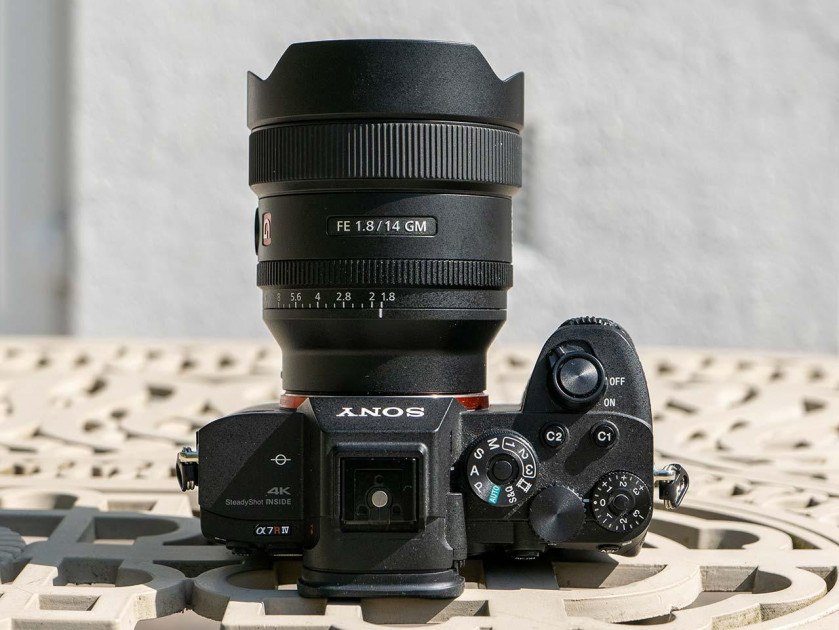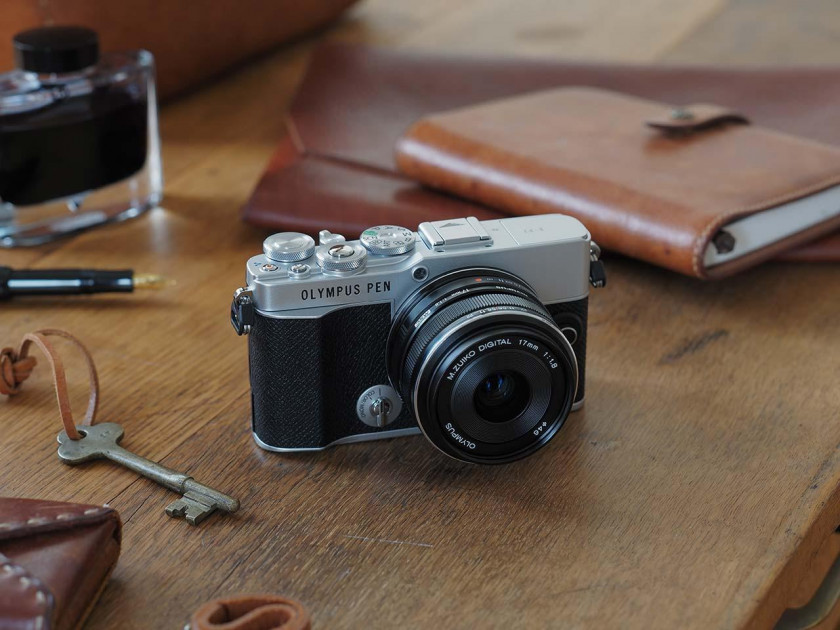The life of a butterfly is a short one. It passes through very varied stages – from egg to caterpillar, from pupa to butterfly – and it is only in its final form that the unique diversity of the filigree beauty and colours of each specimen may be truly appreciated. By photographing magnificent colour images, taken recently with a Leica SL2, Heiko Hellwig has taken each butterfly’s fleeting existence and given it a form of eternal life.
What is the idea behind your pictures? Does it go beyond just capturing the photographic beauty?
Yes. My work, including the more recent compositions where a number of butterflies are grouped together, is in fact a humble tribute to nature itself. Nowadays, nature is disregarded to a great degree and, unfortunately, no longer serves to inspire us. This contempt has even reached the point that our vital insects are threatened with mass extinction; and, rather than taking care to preserve this beauty, there are subsidies for the development of artificial bees that will be able to pollinate our plants. I have a very different perspective; and the protection and appreciation of nature and the climate definitely play an important role in my work. The intention behind my more intricate compositions is to take the complexity of nature itself into account in an imaginative way.
Would you please explain your setup? How did you manage to photograph the butterflies in this manner?
Each setup had its own pitfalls and challenges. Of course, these are not snapshots; and the intention was different, anyway. The idea, from the very beginning, was to produce very detailed images for prints with a length of up to two metres. Initially, this only worked with medium-format camera back pieces. Those first experimental setups became increasingly complex, with the butterflies ultimately hovering about one and a half metres over a deep black background.
So the background is part of the photograph, rather than being added with Photoshop?
Correct. Unlike my images of fighting fish, the studio setup in this case is the be-all and end-all of it. Consequently, there is less work on the computer; at least in the case of the individual portraits. On the computer I only retouch injuries the butterflies may have suffered: just like us humans, they sometimes get caught on a branch, bush or thorn and damage themselves slightly. In contrast to the rapidly moving fighting fish, there’s the great advantage in this case that the prepared butterflies remain still. However, each butterfly needs its personal lighting, so that its colours can be revealed completely.
When did you start taking pictures of butterflies?
The first tests for the butterfly series began in 2014. The first actually perfect butterfly images – currently sold by Lumas – were produced in the spring of 2015.
Where did you get your raw materials?
I got these wonders of nature from a German collector and taxidermist, who also travels the world extensively and has been collecting rare butterflies and moths for many years. There are specimens that really do cost thousands of euros. I have put together a collection of around 80 specimens in my atelier. I’m continuing to work on this series, which has become significantly easier for me, thanks to the new Leica SL2. Now, I no longer need a bulky specialised camera with a digital back piece.
What are the advantages of the Leica SL2?
The SL2’s multi-shot function delivers an equally high resolution and has the advantage of the Leica lens – in this case, I’m once again working with the APO-Macro-Summarit-S 120 f/2.5. Furthermore, the SL2 has the advantage of a smaller magnification scale. This is very convenient for the minimal depth of field in the macro range. That is the real challenge of this series. There should be no blurring at all, in order to show the perfection and beauty of nature to full advantage.
Roughly, how long do you need to take one picture?
Taking the photographs is just one part of the work; the digital, fine post-processing should not be underestimated. It can require a number of days, till all the shading and perspectives are perfectly matched up. Many of my colleagues give the post-production to external service providers or to their assistants. I do it myself; because, for me, the work is like a kind of meditation focussed on nature. It’s a world that people cannot help being amazed by.
You have a great weakness for the beauty of nature: you seem drawn to magnificent colours and shapes. What roles do beauty and perfection play in your work?
The surface of a butterfly’s wings is not made up of pigments or something like that. If you look more closely, under a microscope, you can see that the three-dimensional structure of all the tiny “sequins” breaks the light and only reflects the desired colour. It’s a real wonder of nature. I’m truly in love with everything divine nature has to offer, and I delight in it every day. Of course, I can also delight in beautiful objects made by people. I studied architecture and design earlier on; but nature itself is always more beautiful, complex, diverse and imaginative. The only thing that finds itself at a similar aesthetic level is the music of Johann Sebastian Bach, played by cellist Yo-Yo Ma. I find both divine.
Heiko Hellwig, born in Wuppertal in 1960, lives and works as a free-lance photographer and photographic artist in Stuttgart. He set up his first studio in 1991. He worked for many years for large companies and concerns, such as BMW, Bosch and Lufthansa; and has been published in international magazines. From 1998 to 2001, he taught photography at the Haller Akademie der Künste in Schwäbisch Hall. Today, he dedicates himself primarily to personal artistic projects – mostly conceptual series that are distributed via Lumas. He has received awards and had numerous exhibitions. Find out more about his photography on his website and Instagram page.








